Description
Arsenic is a common element in the earth’s crust, natural groundwater, and even the human body. It is an odorless and tasteless semi-metal (metalloid) that is naturally present in aquifers throughout the world. Arsenic is typically found as an oxyanion in the environment, most commonly in the +3 and +5 oxidation states. Since 2006, the drinking water standard (maximum contaminant level, or MCL) for arsenic in the U.S. has been 10 ug/L. At concentrations above the MCL, arsenic can cause skin damage, circulatory problems, and an increased risk of cancer.
Many treatment technologies have been developed and refined to remove arsenic from water, including chemical, physical, and biological processes. Typical technologies for arsenic removal are a combination of chemical and physical processes.
Introduction
In areas where the drinking water contains unsafe levels of arsenic, the immediate concern is finding a safe source of drinking water. There are two main options: Finding a new safe source or removing arsenic from the contaminated source. If an arsenic safe water source cannot be established, the short-term goal is to reduce arsenic levels.There are several methods available for removal of arsenic from water. The following important methods are discussed below:
- Oxidation
- Coagulation, precipitation and filtration
- Adsorption (sorptive filtration)
- Ion exchange
- Membrane techniques
Oxidation
Most arsenic removal technologies are most effective in removing the pentavalent form of arsenic (As(V), arsenate), since the trivalent form (As(III), arsenite) is predominantly non-charged below pH 9.2. Thus arsenate is much less mobile than arsenite, as it tends to co-precipitate out with metallic cations or to adsorb onto solid surfaces. Therefore, many treatment systems include an oxidation step to convert arsenite to arsenate. Arsenite can be oxidised by oxygen (O2), hypochlorite (HClO), permanganate (HMnO4) and hydrogen peroxide (H2O2). Atmospheric oxygen is the most readily available oxidising agent and many treatment processes prefer oxidation by air. However, air oxidation of arsenic is a very slow process and can take weeks for oxidation (PIERCE & MOORE 1982). Air oxidation of arsenite can be catalysed by bacteria, strong acidic or alkali solutions, copper, powdered activated carbon and high temperature (EDWARDS 1994).
Passive oxidation and sedimentation
Oxidation with the oxygen contained naturally in the air during collection and subsequent storage in houses may cause a reduction in arsenic concentration in stored water, which is also known as passive sedimentation. For passive sedimentation, the water needs to be stored for a sufficiently long time allowing the exchange of oxygen from the air to the water. Arsenic reduction by plain sedimentation appears to be dependent on water quality, particularly the presence of precipitating iron in water. High alkalinity and presence of iron in the tube wells water increase arsenic removal by storage.
In-situ oxidation of iron and arsenic in the aquifer
In-situ oxidation of iron and arsenic in the aquifer has been tested under the DANIDA (Ministry of Foreign Affairs of Denmark) Arsenic Mitigation Pilot project in Bangladesh. The process technology is to extract water from a tube well to let it oxygenate at the air with atmospheric oxygen. Oxygenated water is then allowed to run back into the iron and arsenic contaminated aquifer through the same tube well. This allows forming coating of iron hydroxide on sand grains around the strainer of the well. Water re-collected from the well will be significantly reduced in arsenic and iron.
Coagulation and filtration
Coagulation and filtration with metal salts and lime followed by filtration is the most heavily documented method of arsenic removal from water.In the process of coagulation, arsenic is removed from solution through three mechanisms (EDWARDS 1994).
- Precipitation:the formation of insoluble compounds.
- Co-precipitation:the incorporation of soluble arsenic species into a growing metal hydroxides phases (e.g. co-precipitation with Fe(III);
- Adsorption:the electrostatic binding of soluble arsenic to external surfaces of the insoluble metal hydroxide.
Coagulation technology has been used since 1970 in northern Chile for removing arsenic from drinking water. This experience suggests that coagulation is an effective technology for the removal of arsenic. It is currently possible to reduce arsenic from 400 μg/L to 10 μg/L at a rate of 500 L/sec, assuming pH, oxidising and coagulation agents are strictly controlled (SANCHA 2006).
Coagulation-flocculation processes using alum, ferric chloride, or ferric sulphate are effective at removing arsenic. They are the most well known arsenic treatments and have been more extensively tested in both laboratory and field studies than other technologies (VU et al. 2009). When added into water, they dissolve under efficient stirring for one to few minutes. During this flocculation process, all kinds of micro-particles and negatively charged ions are attached to the flocs by electrostatic attachment. Arsenic is also adsorbed onto coagulated flocs. It can be removed partially by sedimentation,while filtration may be required to ensure complete removal of all flocs. Arsenic removal by coagulation is mainly controlled by pH and coagulation dose. Coagulation with ferric chloride works best at pH below 8 and Alum has a narrower effective range from pH 6 to 8 (JOHNSTON and HEIJNEN 2001).
The Bucket Treatment Unit (BTU) and the Stevens Institute technology
The Bucket Treatment Unit (BTU), developed by the DANIDA project in Bangladesh is based on the above-described coagulation and filtration process. It consists of two buckets, each 20 Litres, placed one above the other. Chemicals are mixed manually with arsenic contaminated water in the upper bucket and stirred with for 30 to 60 seconds. The chemical used includes aluminium, sulphate and potassium permanganate supplied in powder form. The water from the top bucket is then allowed to flow into the lower green bucket via plastic pipe and a sand filter box installed in the lower bucket.
The Stevens Institute technology is similar to the BTU method. It uses also two buckets, one to mix chemicals (iron sulphate and calcium hypochlorite supplied in packets) and the other to separate flocs by the processes of sedimentation and filtration (BAMWSP et al. 2001).
Use of naturally occurring iron present in groundwater
The use of naturally occurring iron present in groundwater is a promising method of removing arsenic by adsorption, meaning that there is no need for adding chemicals. The iron precipitates formed by oxidation of dissolved iron has been found to remove arsenic by coagulation, adsorption, precipitation and filtration, but also by oxidation. The efficiency of the units depends on arsenic and iron contents of water. It can be heightened by increasing the contact time between arsenic species and iron flocs.
Coagulation with lime
Water treatment by the addition of quick lime, CaO, or hydrated lime, Ca(OH)2 removes arsenic. Lime treatment is a process similar to coagulation with metal salt. The precipitated calcium hydroxide, Ca(OH)2 acts as a sorbing flocculent for arsenic. Excess of lime will not dissolve, but remains as a coagulant aid, which has to be removed along with precipitates through sedimentation and filtration process. It has been observed that the arsenic removal by lime is relatively low, usually between 40-70 %. The highest removal is achieved at pH 10.6 to 11.4 (AHMED 2001). Lime softening may be used as a pre-treatment to be followed by alum or iron coagulation.
Solar oxidation and precipitation of Fe(III)-oxides with adsorbed As(V)
SORAS is a simple method that uses irradiation of water with sunlight in PET- or other UV-A transparent bottle (see also SODIS) to reduce arsenic levels in drinking water. The SORAS method is based on two steps: the first step consists in photochemical oxidation (through the action of the solar UV light) of As (III) to As(V) followed by the second step consisting in precipitation or filtration of As(V) adsorbed on Fe(III)-oxides, which are either naturally present or added and kept in suspension by the addition of lime juice. It could be a water treatment method used at household level to treat small quantities of drinking water. Groundwater in Bangladesh naturally contains Fe (II) and Fe (III); therefore SORAS could reduce arsenic contents and would be available to everyone at virtually no cost (WEGELIN et al. 1999).

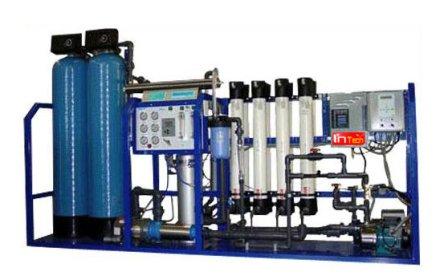
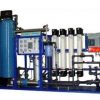
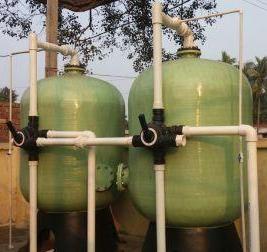
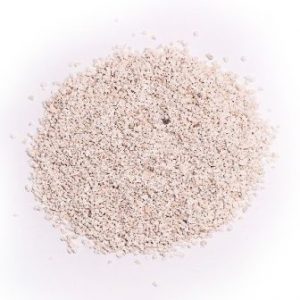
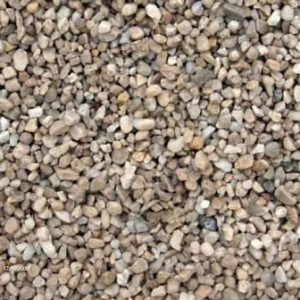
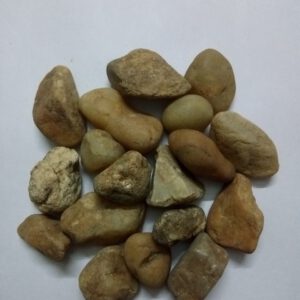
Reviews
There are no reviews yet.